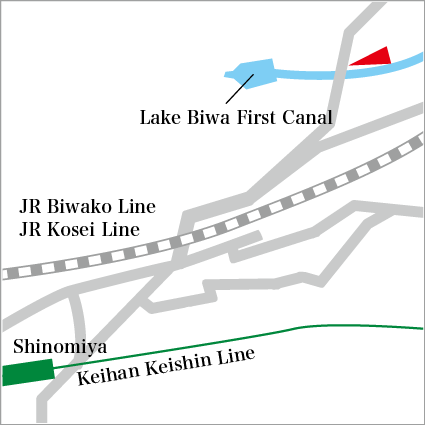Itto-en Museum Koso-in
- Highlight
- A woodblock print by Shiko Munakata that hangs alongside the works of many other who enjoyed the cordiality of Itto-en
The spirit of Itto-en and the mingling of artists
Itto-en was founded in 1913, as a commune aiming at conflict-free life, and then was moved to Yamashina in 1928. Its founder Tanko Nishida, who was born in Nagahama, Shiga prefecture, greatly admired Tolstoy’s My Religion, which he read a year before the Japanese-Russo War. This book instilled such fervor in him that he abandoned everything he had and devoted himself to community service, the first of its kind in Japan.
In the museum, visitors will find the writings and personal effects of Nishida along with works of art and correspondences by his famed friends - such as: the woodblock prints of Shiko Munakata, the ceramics of Kanjiro Kawai, calligraphy by the likes of Kokuta Suda and Ryosen Tsunashima, paintings in the Nanga style by Gyokusei Jikihara, and correspondences by Hosai Ozaki and Hyakuzo Kurata.
With the Lake Biwa Canal running in front of the museum, many visitors combine a stroll through spring blooms or autumn foliage on the beautiful canal path with a visit to the museum Koso-in.
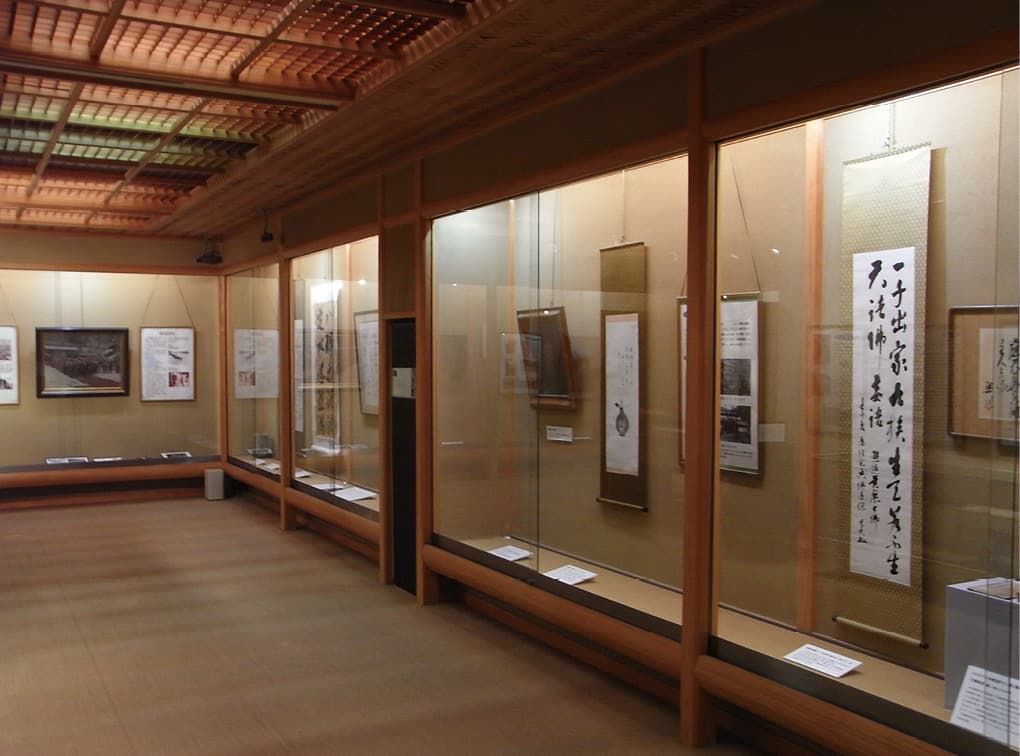
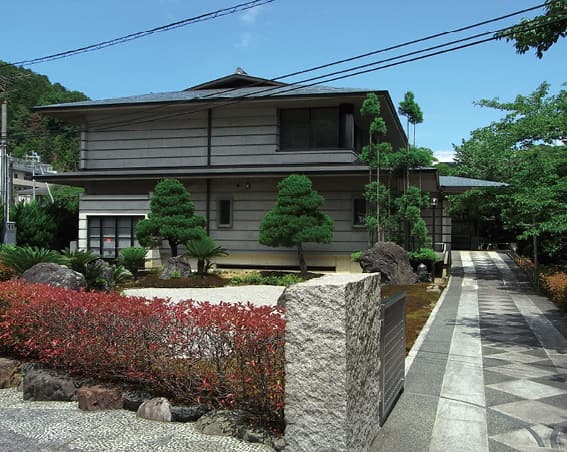
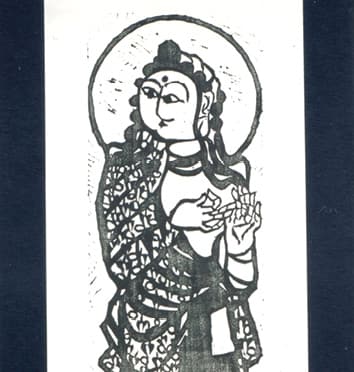
Woodblock print of Manjusri (Bodhisattva) by Shiko Munakata
Who started Itto-en with the aim of leading a conflict-free life?
| Address | 8 Shinomiya Yanagiyama-cho, Yamashina-ku |
|---|---|
| TEL | 075-581-3136 |
| FAX | 075-581-3139 |
| URL | http://www.kosoin.com |
| Hours | 10:00 ~ 17:00(entry by 16:30) |
| Closed | Sun, Nat Hols, 2nd and 4th Sat each month, Mid Aug, New Year Hols (museum can be opened if advance reservation is made) |
| Adm | Adults ¥500, Junior high school to college students ¥400, special exhibitions charged separately |
| Access | A 5-min walk from Keihan Shinomiya Stn |
| Parking | Available (Free) |
Facilities near by
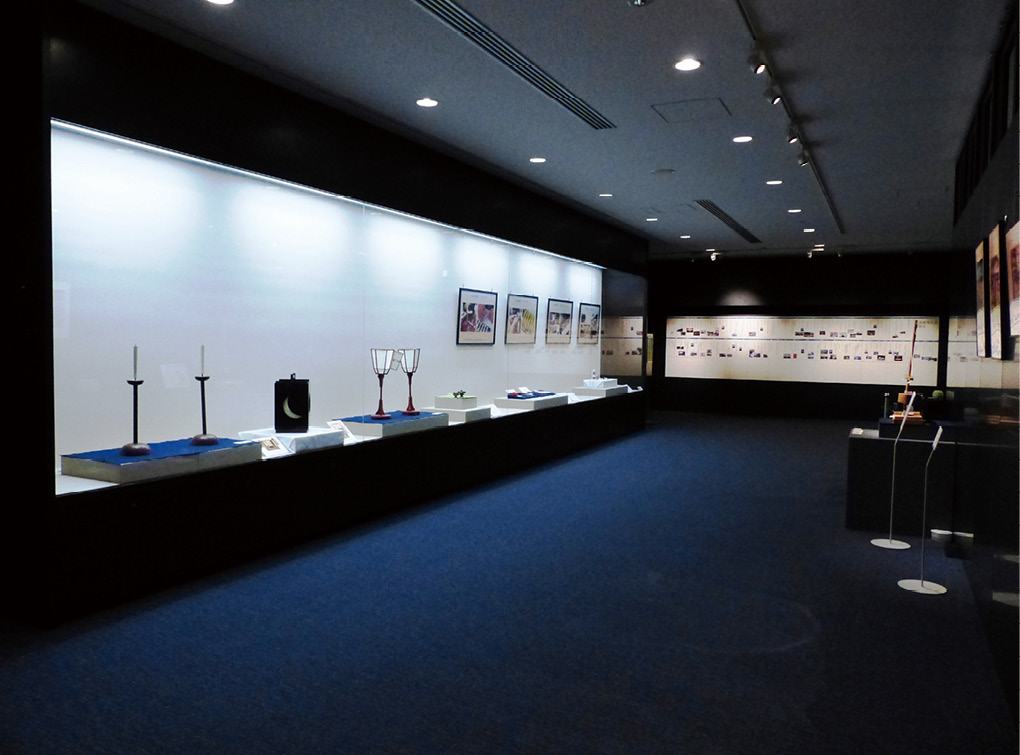
Kyoto Sangyo University Gallery
Making public the results of scholastic surveys and spreading wisdom
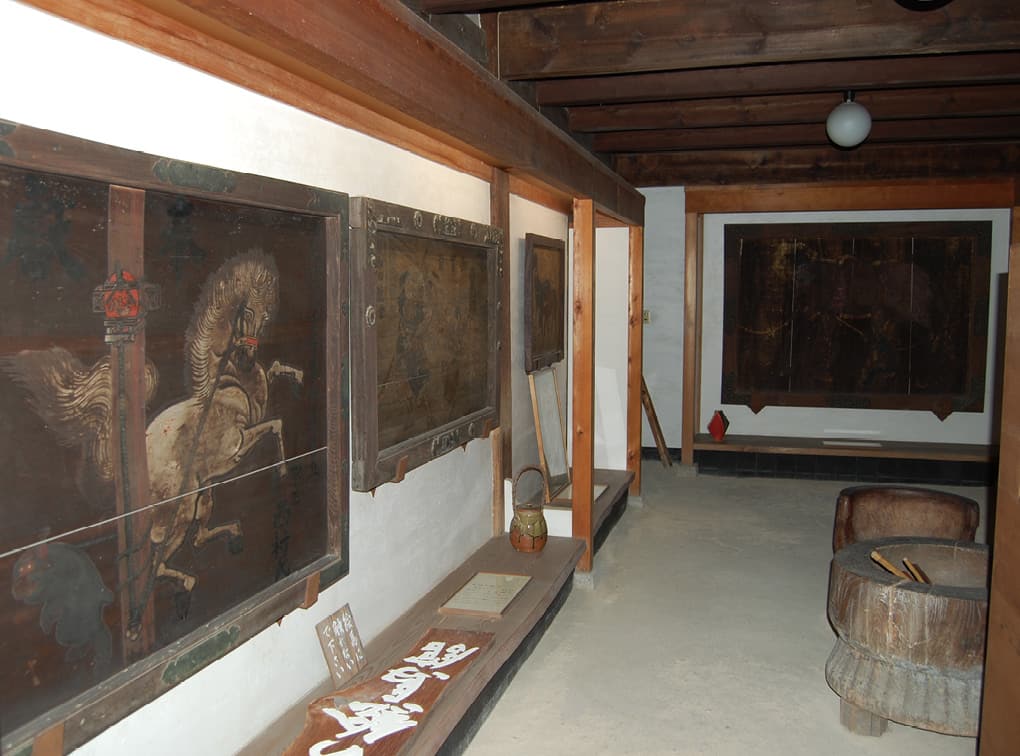
Konpira Ema Gallery and Glass Gallery
Sentiments of belief captured in shrine gifts of huge horse paintings
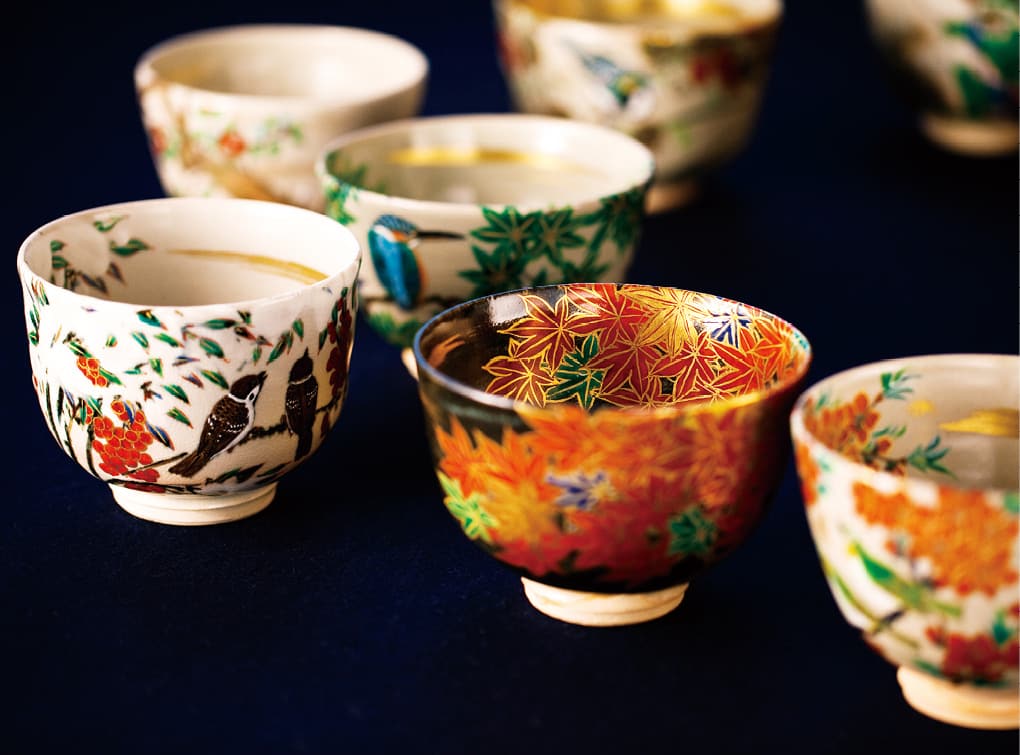
KIYOMIZUYAKI no SATO Museum
A traditional craft of a city heavily associated with pottery
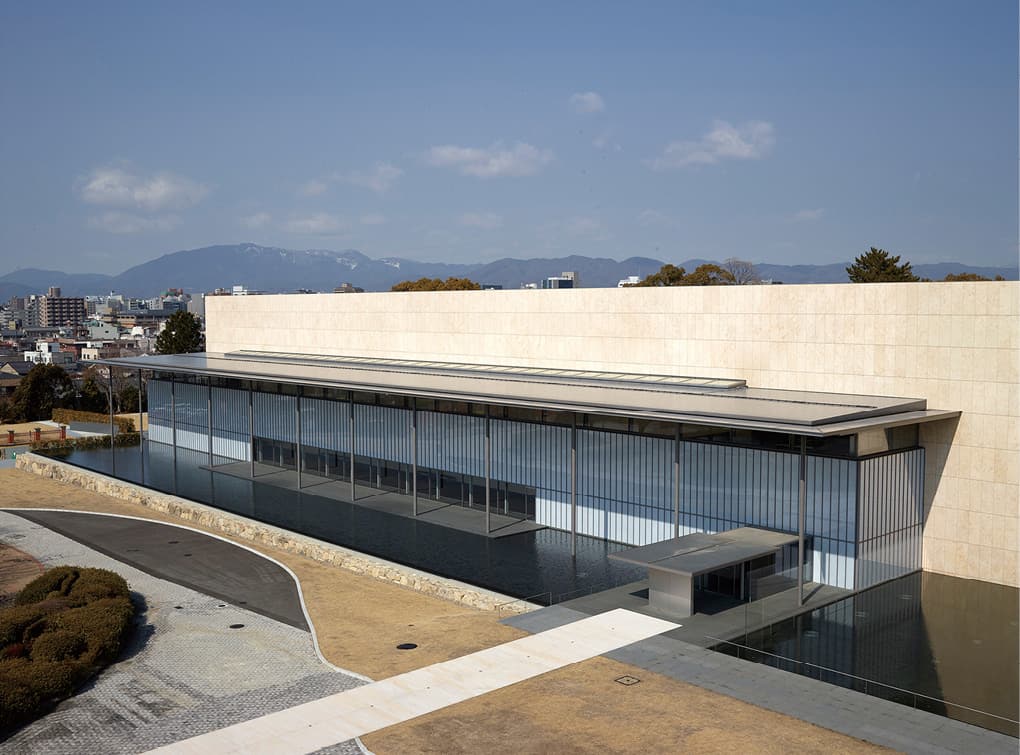
Kyoto National Museum
Preserving the cultural assets of our hometown Kyoto

